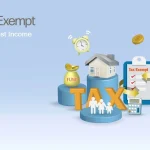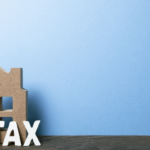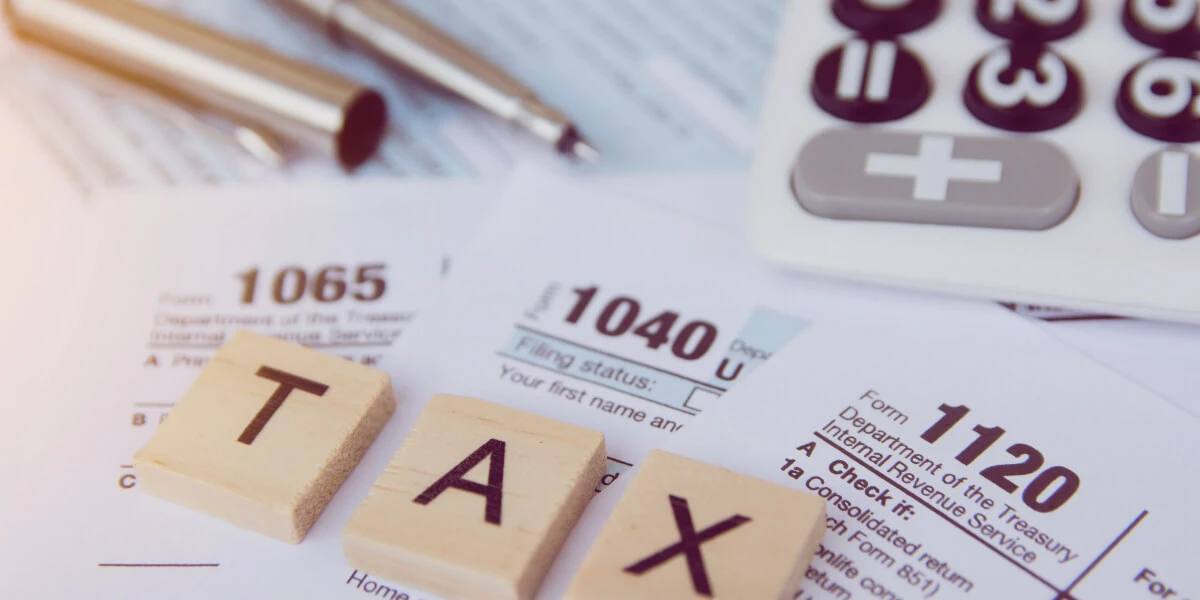Affordable housing remains one of the most pressing challenges across the United States. For low- to moderate-income families, securing a safe, stable place to live can feel out of reach. Fortunately, the Low-Income Housing Tax Credit (LIHTC) program—commonly known as tax credit apartments—offers a sustainable solution that benefits both renters and property developers.
Whether you’re a tenant looking for affordable options or a property owner interested in incentives, this guide breaks down everything you need to know about tax credit apartments, eligibility, and long-term housing stability.

Content
What Are Tax Credit Apartments?
Tax credit apartments are residential rental units developed or rehabilitated under the LIHTC program. The initiative is federally funded but administered at the state level, offering financial incentives—specifically, dollar-for-dollar tax credits—to developers who commit to keeping rents affordable for a defined period.
These properties are designed to provide long-term housing affordability, which often includes:
- Rent restrictions based on area median income (AMI)
- Fixed affordability periods (usually 15 to 30 years)
- Regular audits to ensure compliance
For residents, this translates to safe, stable housing at a cost far below market-rate apartments in the same location.
Who Qualifies? Understanding Eligibility and Income Limits
Eligibility for tax credit apartments hinges primarily on household income and size. Local housing authorities and property managers use HUD-published AMI guidelines to determine whether an applicant qualifies.
Key Factors That Determine Eligibility:
- Gross household income must be at or below 50%–60% of the AMI
- Household size directly affects income thresholds
- Legal U.S. residency or citizenship status is required
- Credit and rental history may be considered by landlords
Here’s an example of income limits based on a sample area:
| Household Size | 50% AMI Limit | 60% AMI Limit |
| 1 person | $32,000 | $38,400 |
| 2 people | $36,600 | $43,920 |
| 4 people | $45,700 | $54,840 |
These numbers vary widely by city and county, so it’s important to check your local housing authority or HUD’s income limit database.
How to Apply for Tax Credit Apartments
The process of applying for a tax credit apartment is straightforward but competitive. Demand often exceeds supply, so being prepared is key.
Application Steps:
- Find Qualified LIHTC Properties
Begin your search on reputable platforms like Florida Housing Search, or the HUD LIHTC property database. - Prepare Documentation
You’ll typically need:- Government-issued photo IDs
- Social Security numbers
- Employment and income verification (pay stubs, W-2s)
- Bank statements or asset disclosures
- Submit the Application
Contact the property’s leasing office to submit the application. Some locations may offer online portals, while others require paper submissions. - Income Verification & Background Check
Expect a rigorous screening process, including income calculation, credit check, and landlord references. - Wait for Availability or Join the Waitlist
Due to high demand, many LIHTC properties maintain long waiting lists. Ask about estimated wait times and any priority categories (e.g., veterans, seniors, disabled applicants).
Maintaining Eligibility for Tax Credit Apartments
Once approved and housed, tenants must continue to meet LIHTC compliance standards. Failing to do so can result in lease non-renewal or even eviction.
Responsibilities of Tenants:
- Annual Recertification: Tenants must verify their income and household composition every year.
- Report Changes Promptly: Notify management of job changes, household additions, or new income sources.
- Follow Lease Terms: Maintain the apartment in good condition and abide by community rules.
Because income may fluctuate, some tenants can stay even if their income slightly exceeds the original threshold, as long as they met requirements at move-in.
Maria’s Journey: From Housing Instability to Stability
Maria, a working mother in Orlando, spent years bouncing between overpriced rentals and short-term leases. Her life changed when she discovered tax credit apartments through a local housing counselor. After applying, she was approved for a three-bedroom unit in a new LIHTC development.
Now, Maria pays rent that’s less than 30% of her income, giving her breathing room to save, build credit, and focus on her children’s education. “I finally feel like I’m not drowning,” she says. Her story is one of thousands, proving the real-world impact of affordable housing solutions.
Why Property Owners Should Consider LIHTC Participation
Beyond helping communities, the LIHTC program is also a strategic financial move for developers and investors.
Key Benefits for Owners:
- Significant Tax Credits: Owners receive 10 years of federal tax relief based on the total qualified development cost.
- Reduced Turnover and Vacancy: Affordable housing tenants tend to stay longer.
- Positive Public Relations: Contributing to affordable housing can boost reputation with municipalities and community organizations.
Owners must work with compliance experts to navigate federal guidelines and ensure their properties remain in good standing throughout the affordability period.
Recent Developments in Affordable Housing Policy
The housing landscape is evolving. In recent legislative sessions, both state and federal officials have introduced policies aimed at expanding LIHTC funding and streamlining development approvals.
Notable trends include:
- Bipartisan support for increasing the annual LIHTC allocation
- Fast-track zoning initiatives for affordable housing in cities like Miami, Orlando, and Tampa
- State-backed funding for gap financing to support LIHTC projects
These shifts point toward a growing recognition of the role tax credit apartments play in addressing long-term housing shortages.
How to Find Tax Credit Apartments in Florida and Beyond
Start with these trusted sources:
- HUD’s LIHTC Property Database: Filter by location, income level, and amenities.
- Florida Housing Finance Corporation: Offers listings, educational resources, and regional contact info.
- Local Housing Authorities: Many maintain curated lists of active LIHTC properties.
Don’t forget to explore local nonprofit organizations and community development corporations. They often manage or sponsor tax credit apartments and may provide application assistance.
Final Thoughts
Tax credit apartments represent a powerful tool in solving the national affordable housing crisis. By creating pathways to stable housing for working families, seniors, and individuals with disabilities, the LIHTC program delivers long-term value for communities across the country.
Whether you’re seeking housing for your family or evaluating development opportunities, understanding the mechanics of tax credit apartments, eligibility requirements, and application procedures is the first step.
If you have questions or need guidance, our team of housing specialists is ready to help. Contact us today to explore your options and take a step toward affordable, sustainable living.
FAQs
What is the income limit for tax credit apartments?
Income limits vary by location and household size, typically ranging from 50% to 60% of the Area Median Income (AMI).
How do I apply for a tax credit apartment in Florida?
Start by visiting Florida Housing Search, gather your income documents, and contact the property manager of an LIHTC-listed apartment.

Ryan Myers is a business blog author and writer. He graduated from the University of California, Berkeley in 2009 with a degree in Political Science. His favorite topics to write about are blogging for small businesses and becoming an entrepreneur.






